The Balsero Crisis
“The price extracted by the dramatic events of the “Crisis de los Balseros” on anyone involved was colossal. Having been born in East Germany, I was constantly reminded of the heartbreak that the two divided Germanys had gone through due to the separation of numerous families.”
© Sven Creutzmann. Cubans cry as they see family members leaving on a raft.
Extreme heat and humidity cocooned the summer of 1994, serving as the backdrop for a human and political drama of epic proportions, once again, in Cuba and the United States.
Cuba was amidst the second toughest year of the crisis following the collapse of the Socialist Bloc. The United States was encouraging Cubans to leave the island and in the absence of an immigration treaty with Cuba, people started departing on makeshift rafts, on so-called “balsas.” Leaving Cuba in rafts was illegal, so it hadn’t turned into a mass exodus; not yet.
As the summer heat swelled, the events got increasingly out of hand — ferries hijacked and guards of a small marine-boat post murdered, to name just a few. The heat hit its peak on August 5th, as hundreds of Cubans spontaneously started a protest, provoking a response from both the followers of the Revolution as well as the police forces. Stones were pelted, windows broken, shops looted, and shots were fired. That event (the “Maleconazo,” a separate story, on which I will write later) led to Cuba ceasing its border controls at sea, which in turn opened the doors for a mass exodus.
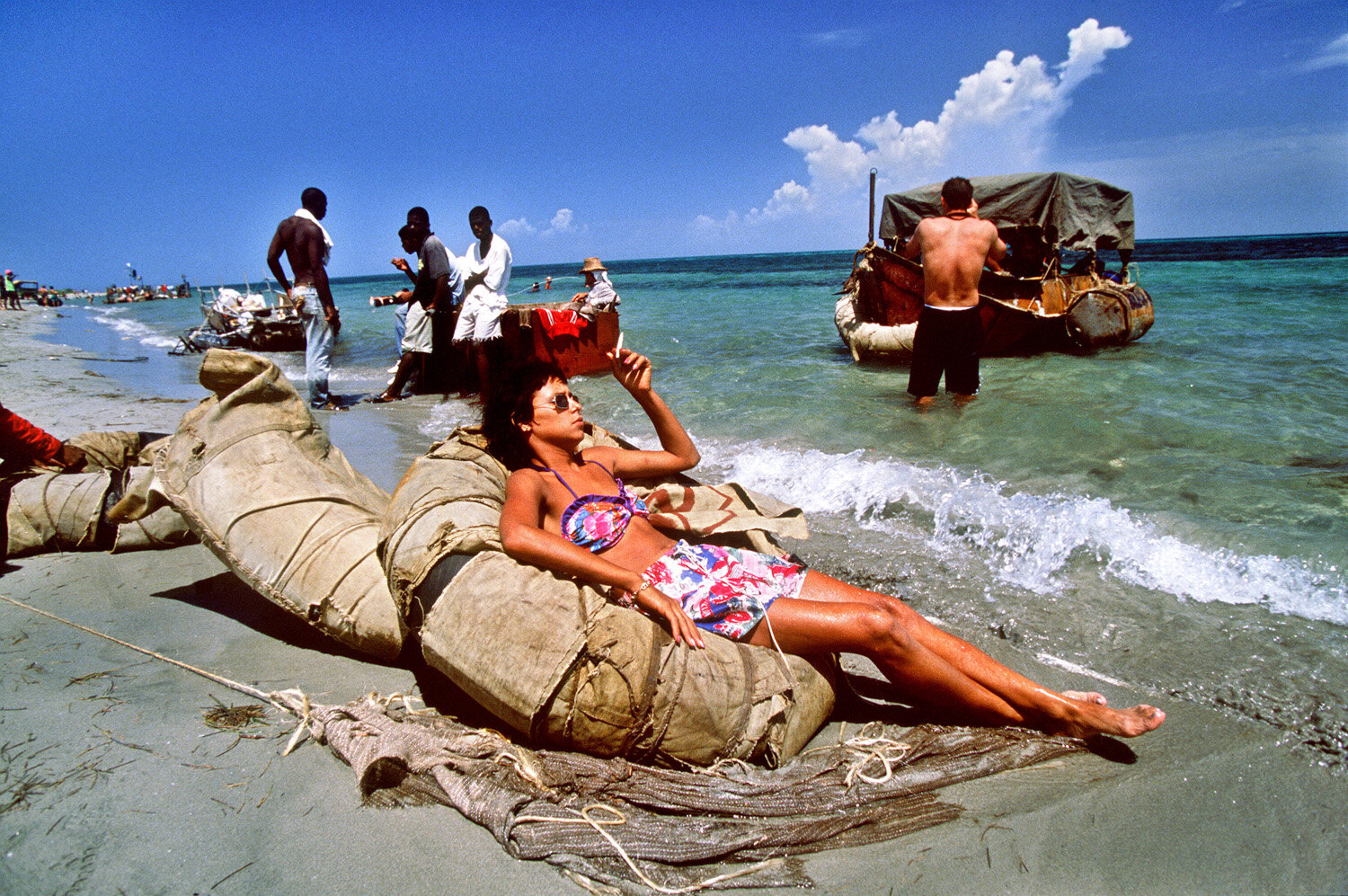
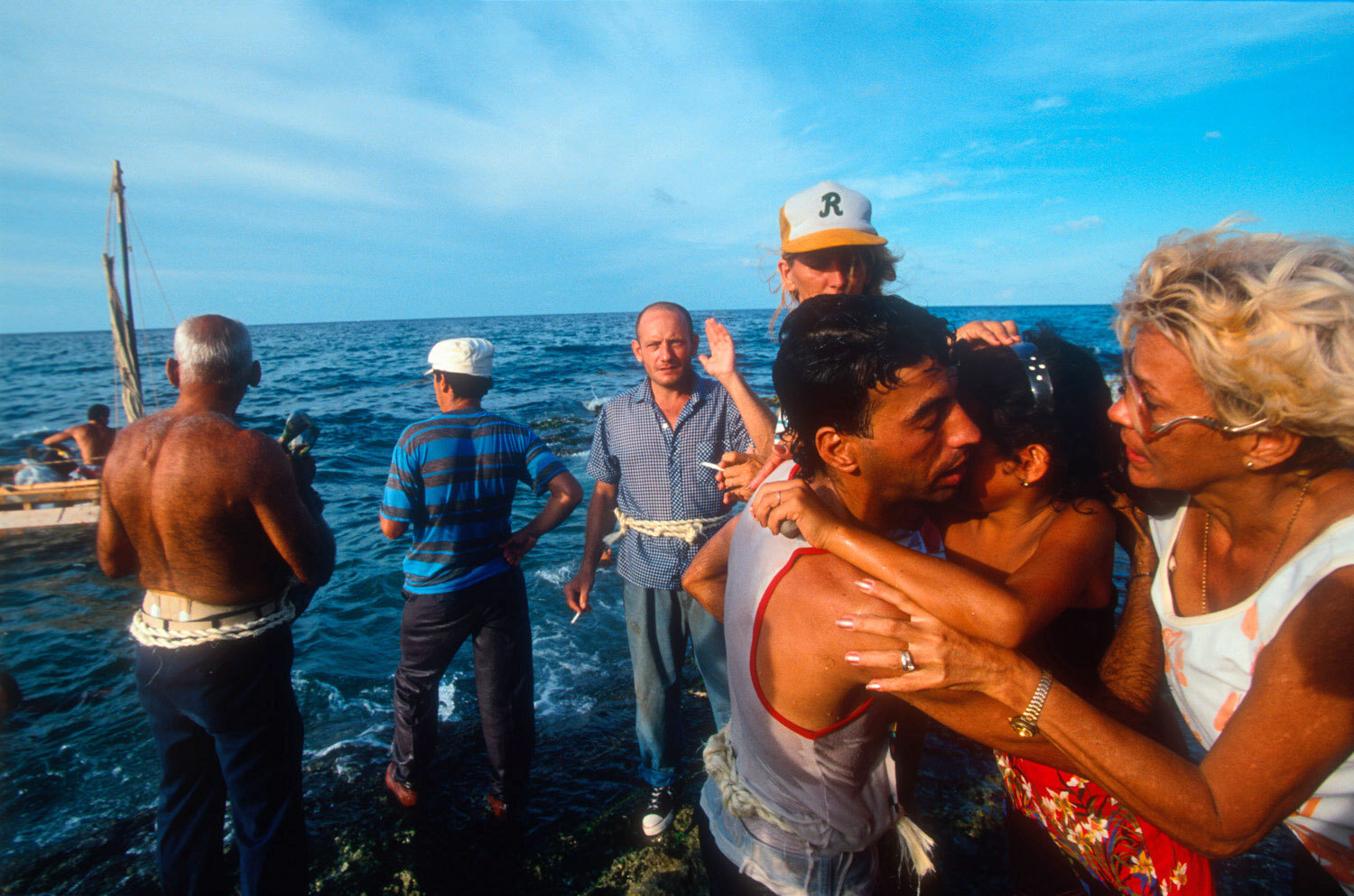

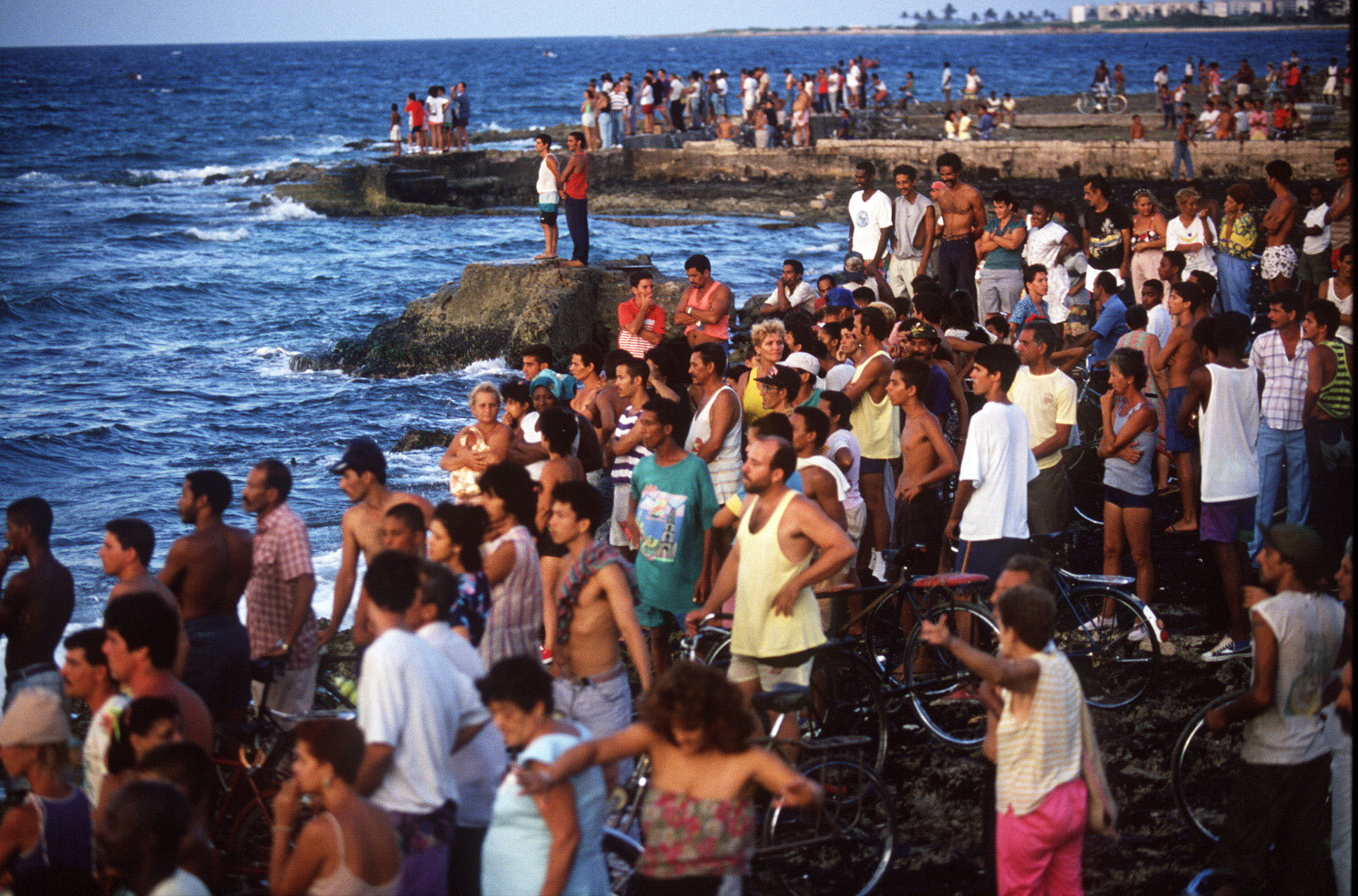
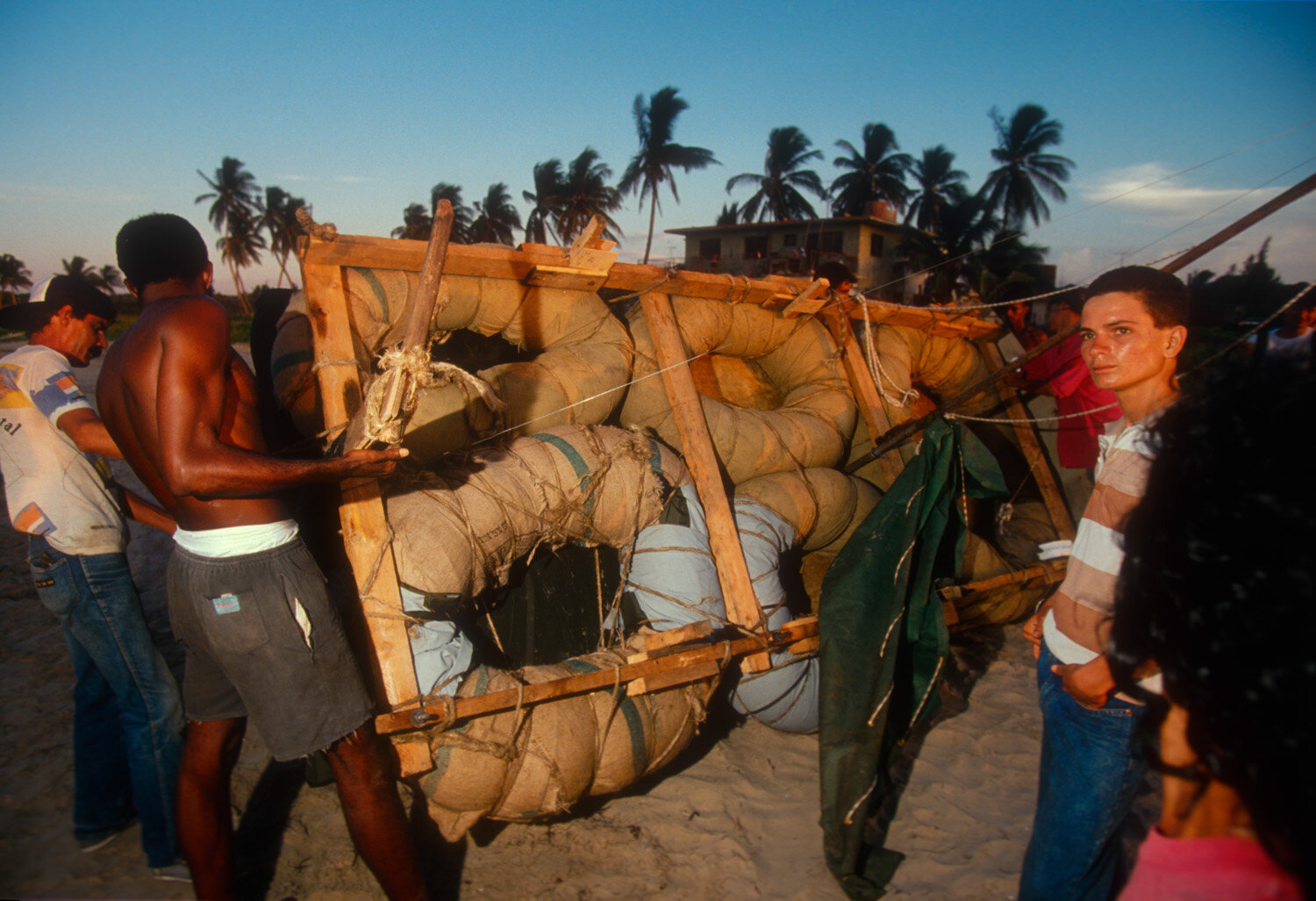
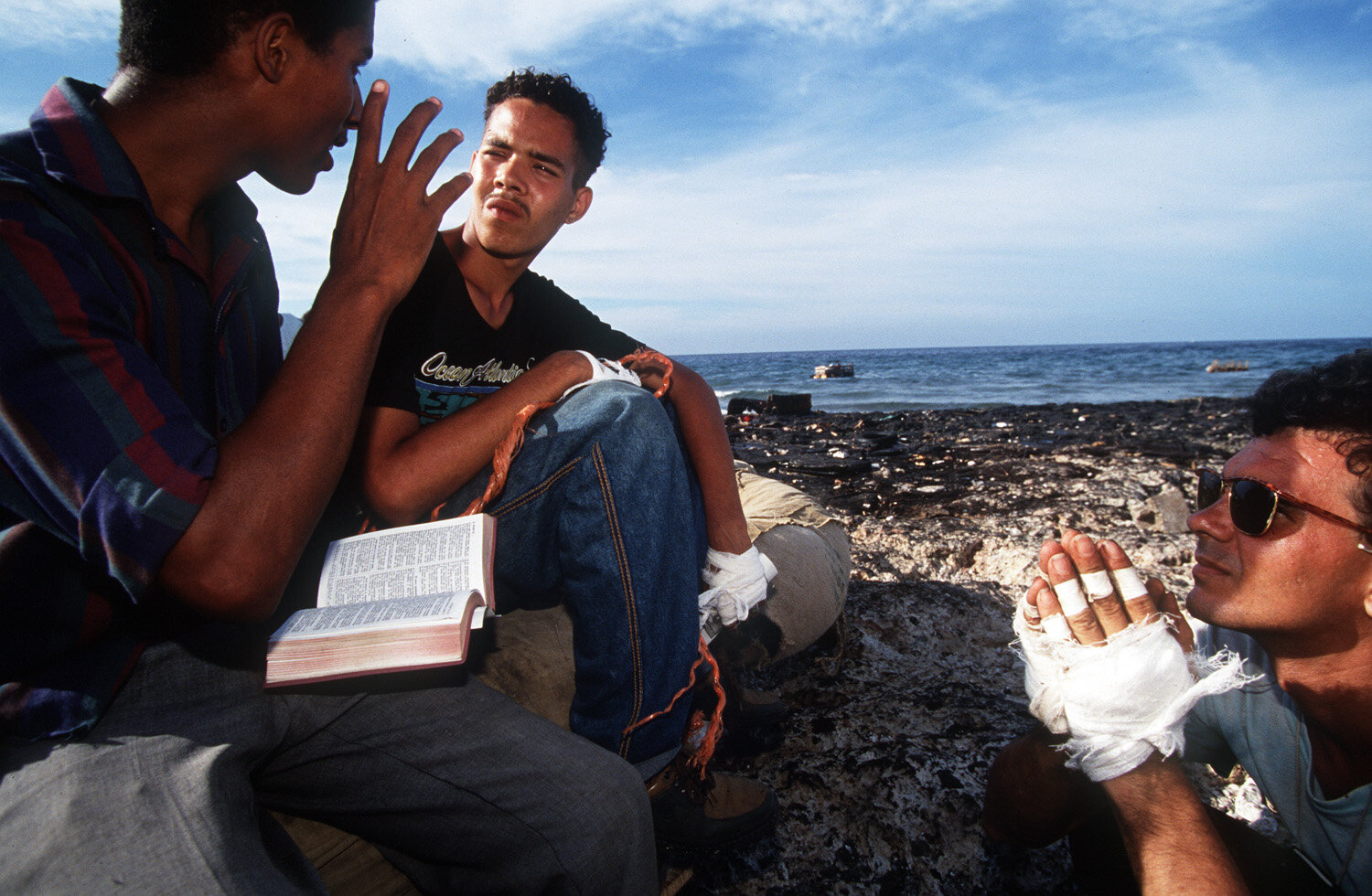


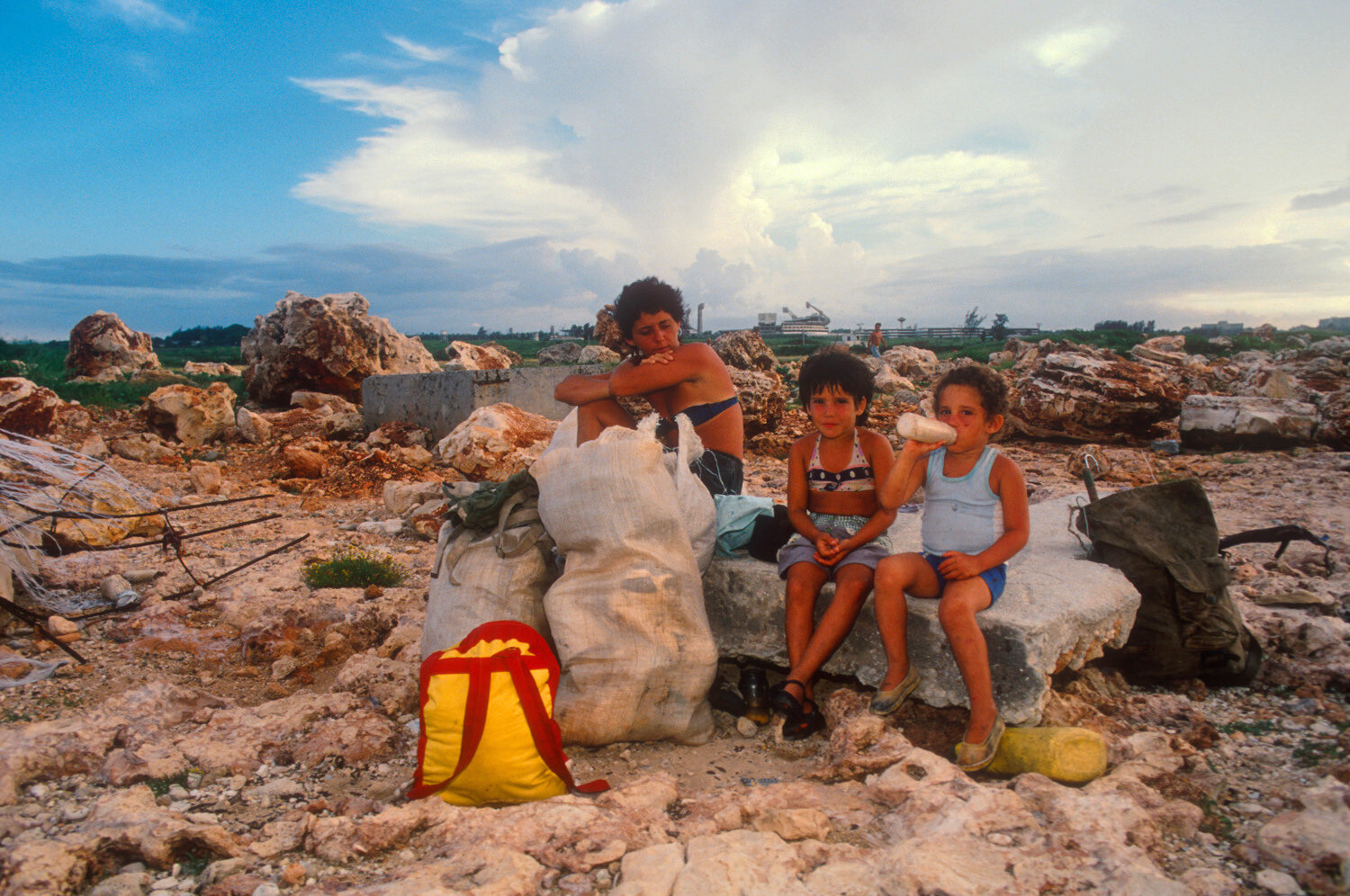
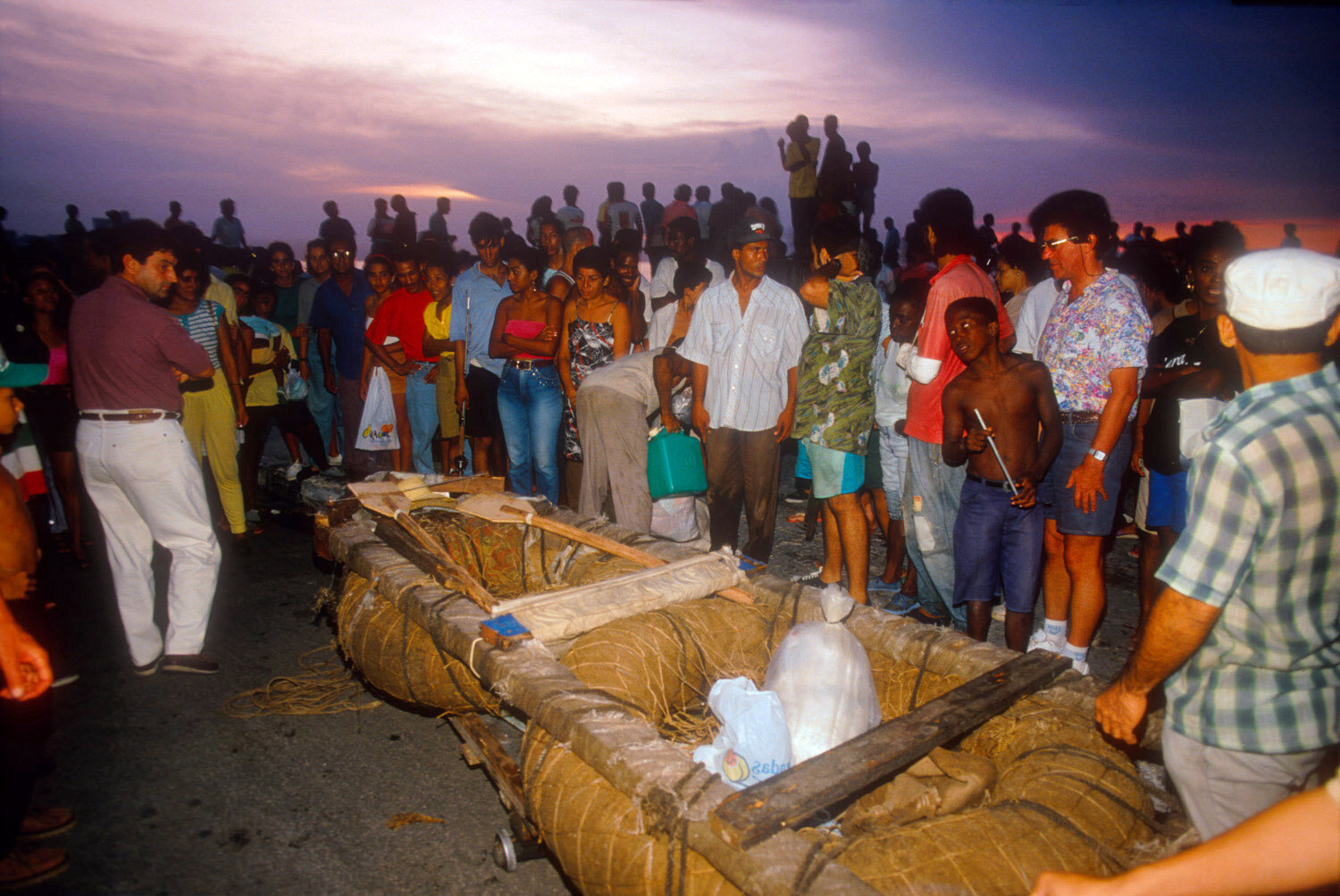
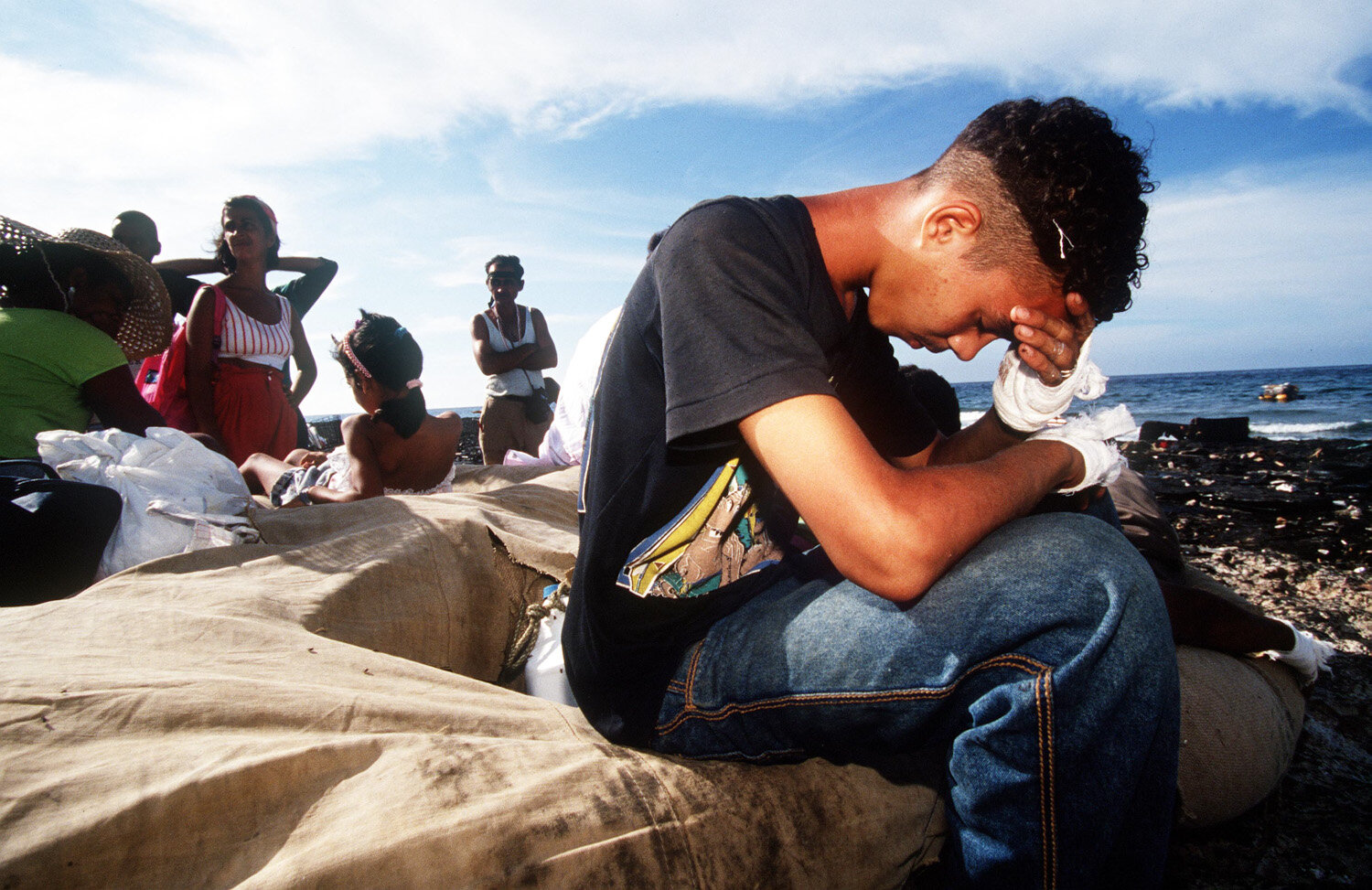
© All images in this gallery © Sven Creutzmann.
A French colleague of mine and I were the only journalists to be in Cojimar on the first night of the crisis, witnessing the beginnings of that historic and monumental departure of Cubans from the island. It was an extremely emotional experience and it remained so for every day of the weeklong coverage. Having been born in East Germany, I was constantly reminded of the heartbreak that the two divided Germanys had gone through due to the separation of numerous families.
Cojimar was the focal point of the crisis. Hundreds and thousands of people would come to the coast every day just to watch the “show of the balseros” leaving. Drama unfolded in front of my eyes, with children crying as they saw their parents leaving. Men that had come just as spectators suddenly decided to jump into the water and get on one of the rafts, leaving their wives and kids behind, who were unable to comprehend the magnitude of what was happening.
One of my Cuban friends, Tony, had been long wanting to leave the island but I always managed to talk him out of that idea as it was simply too dangerous. Yet, as the mass exodus started, he called me to say he was now determined to leave. We went to Cojimar, him and his friends started to build their raft, which consisted of just one inner tube. If that tube were to break, they would certainly die. So, I bought them another inner tube, right there at the beach in Cojimar, just so they had at least a slightly sturdier raft. The last picture I took was of Tony waving goodbye as the sun set.
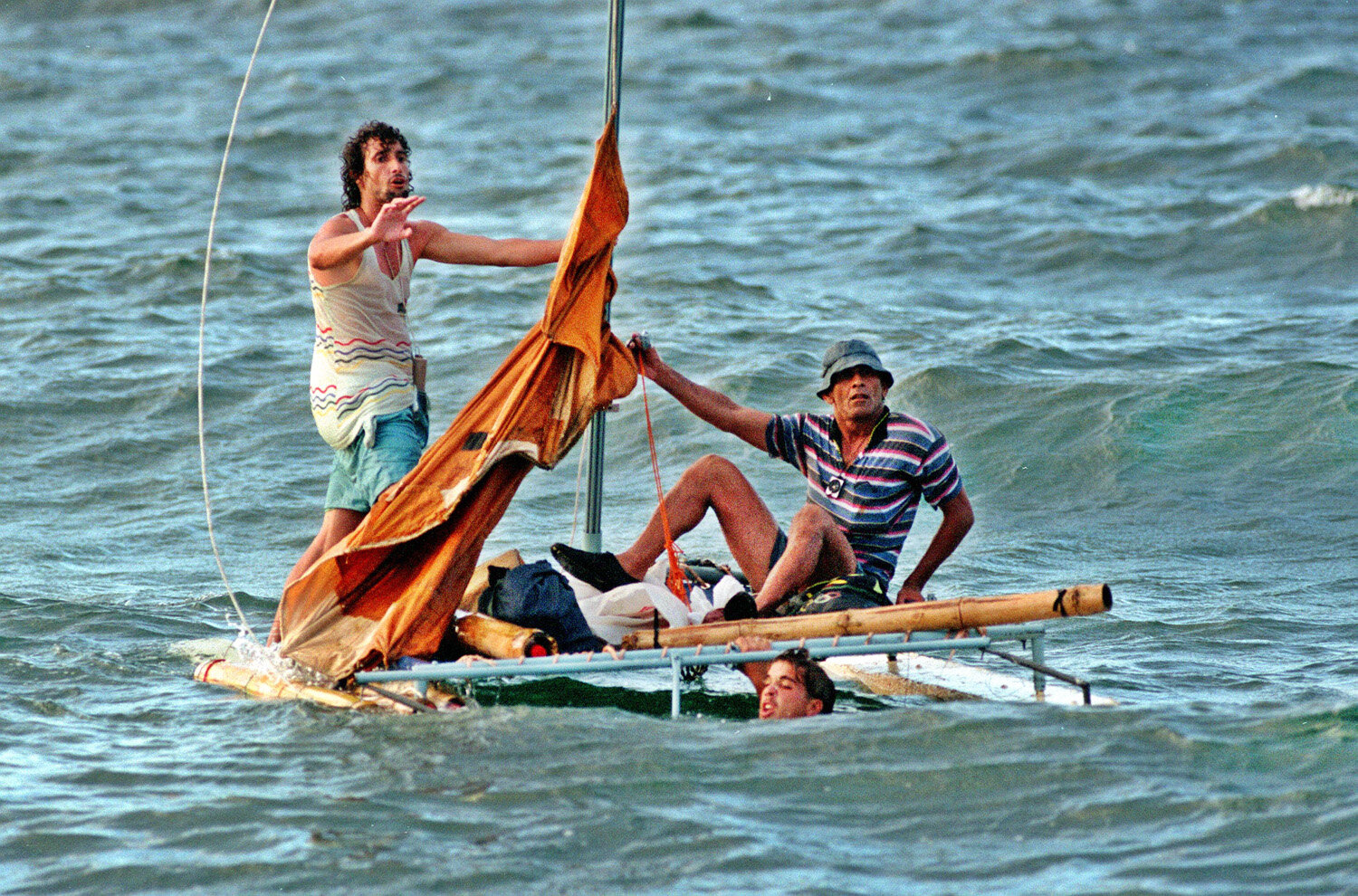
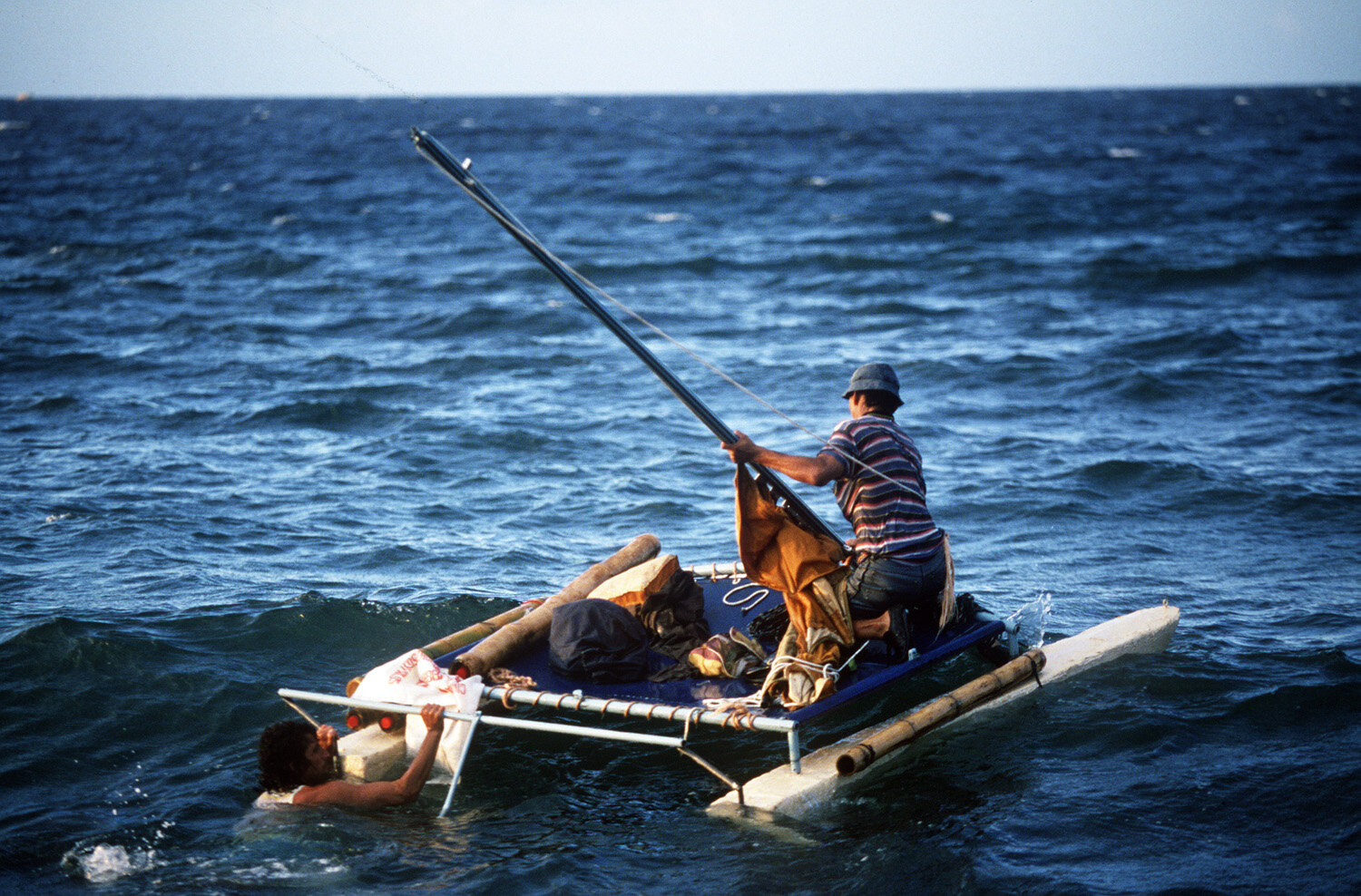
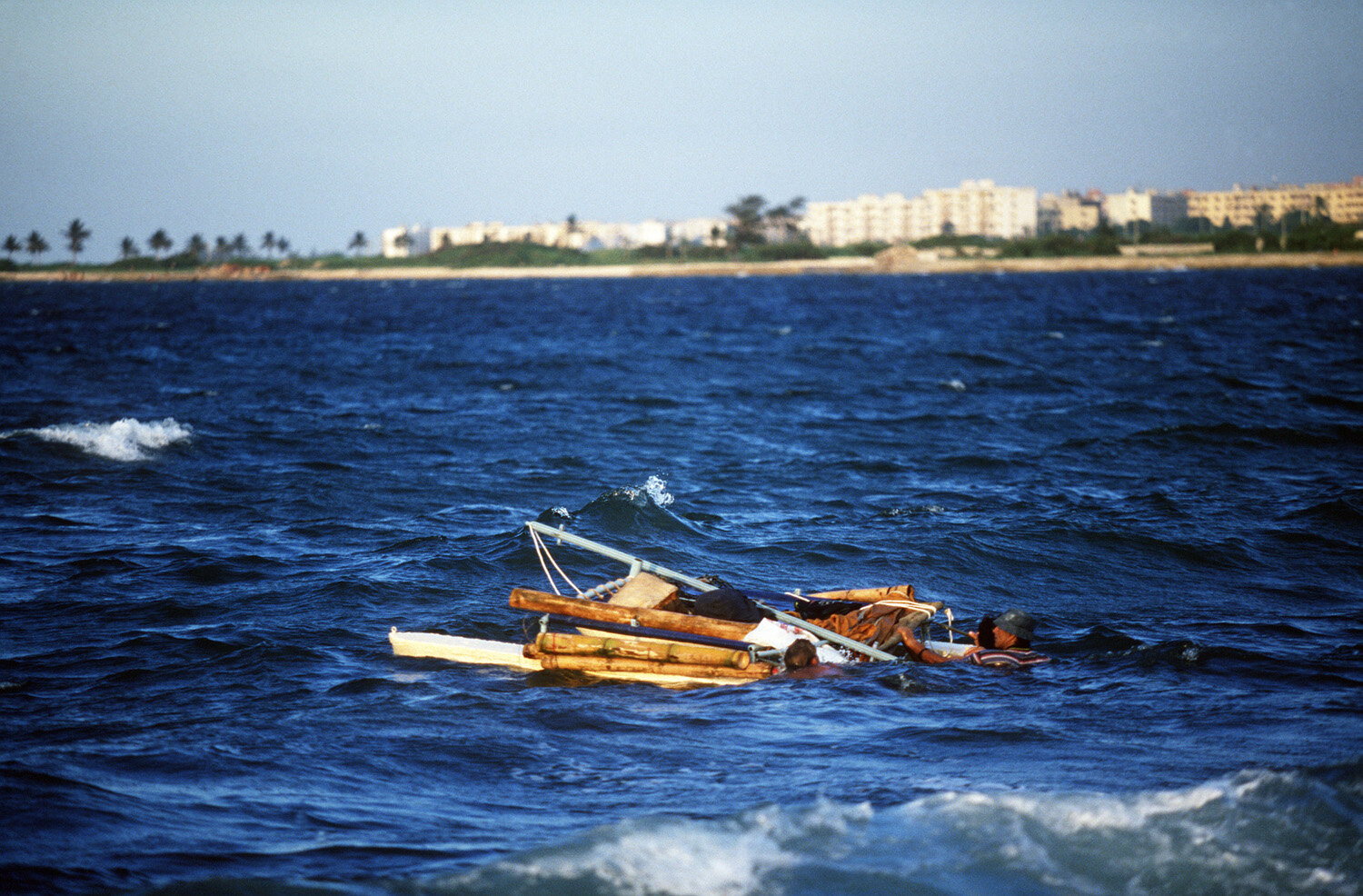
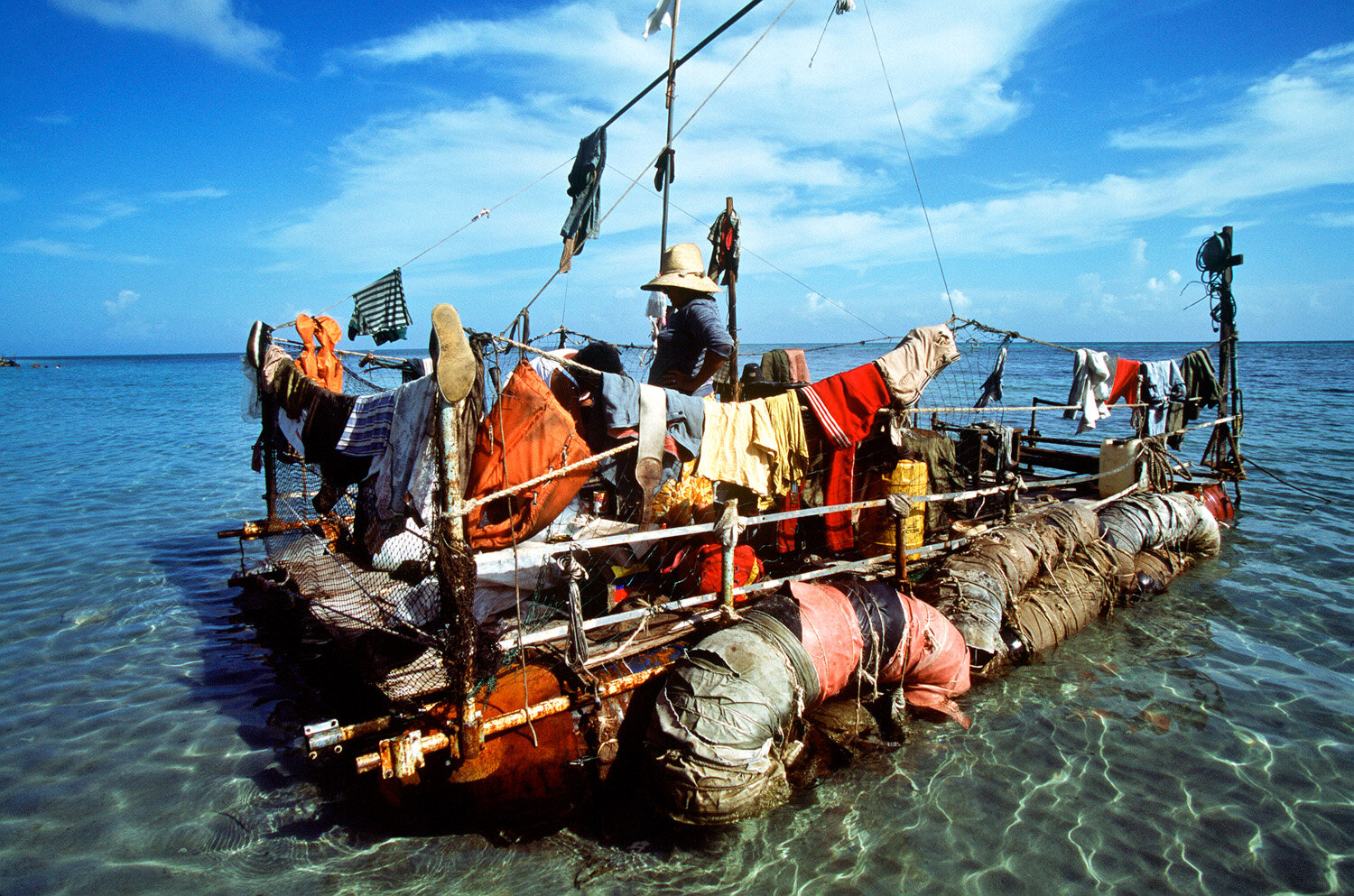
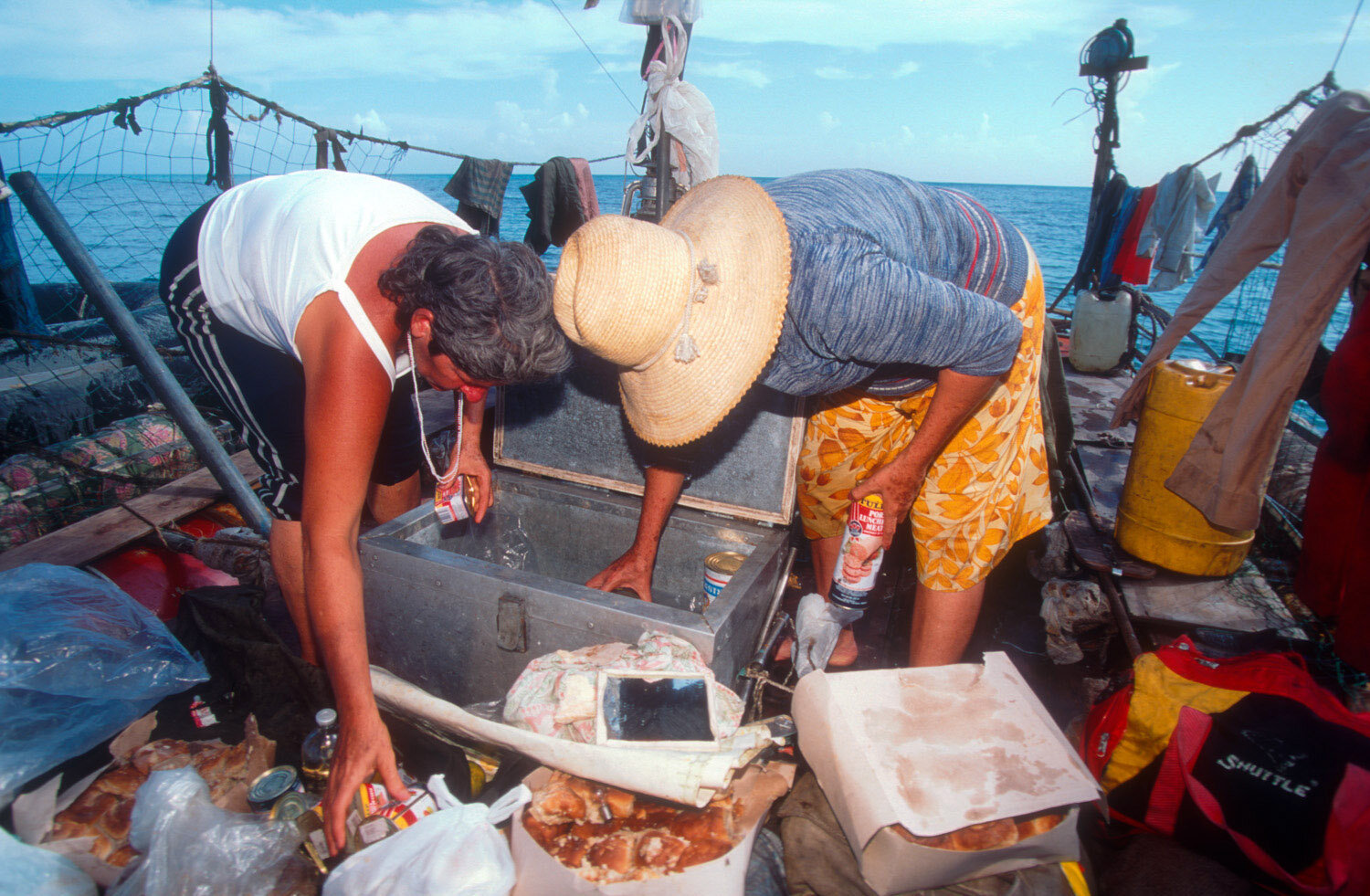
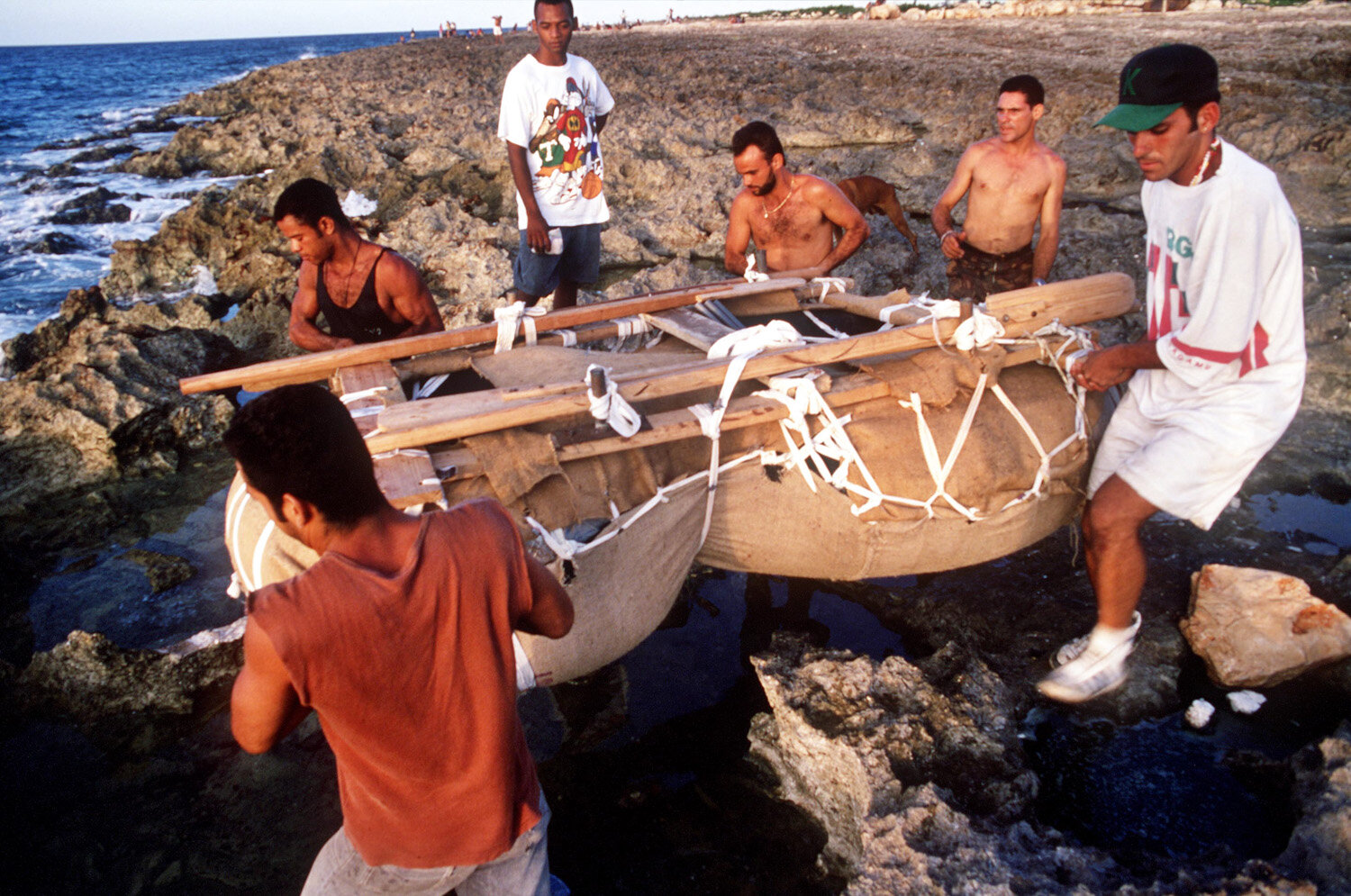
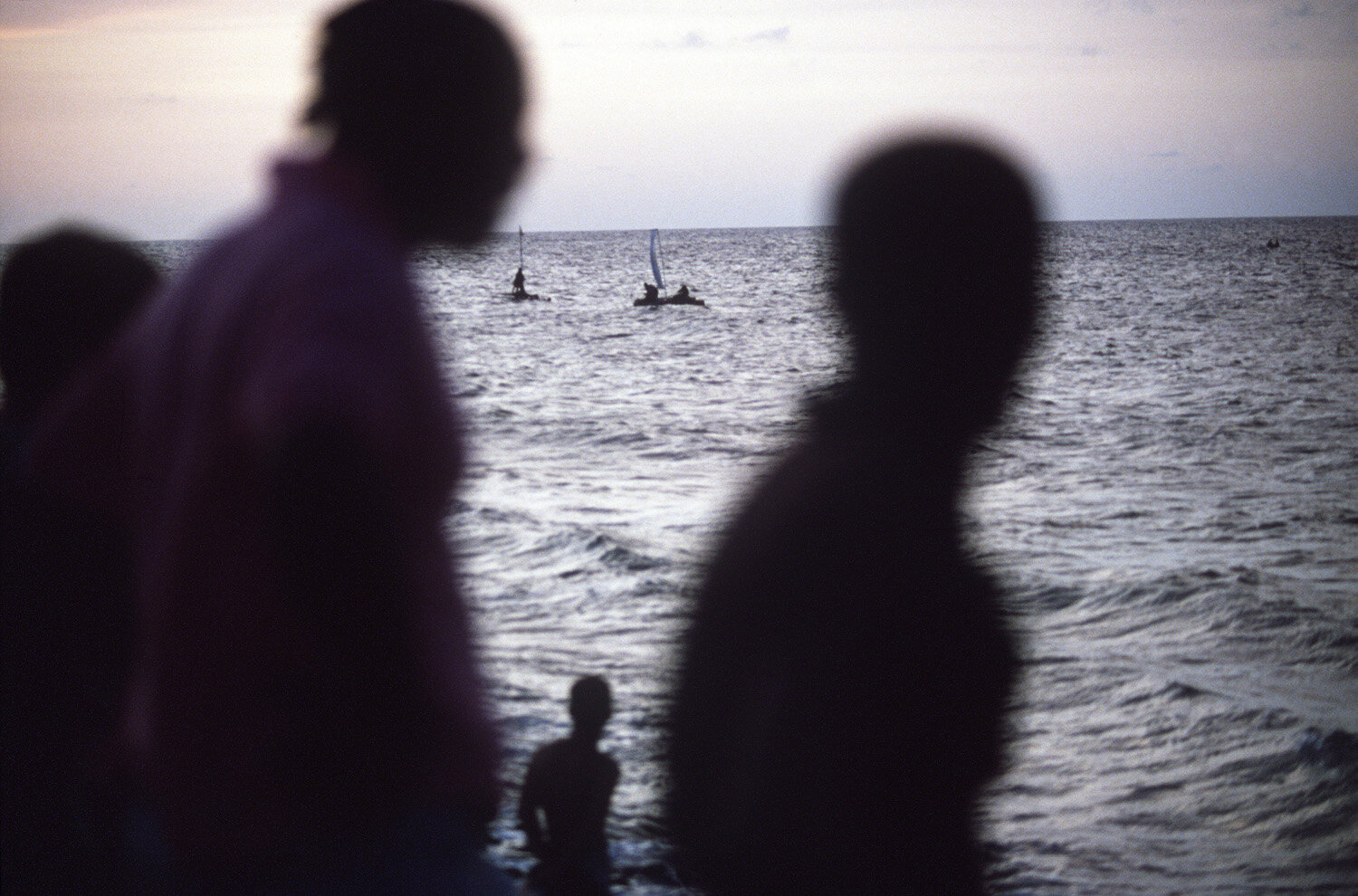
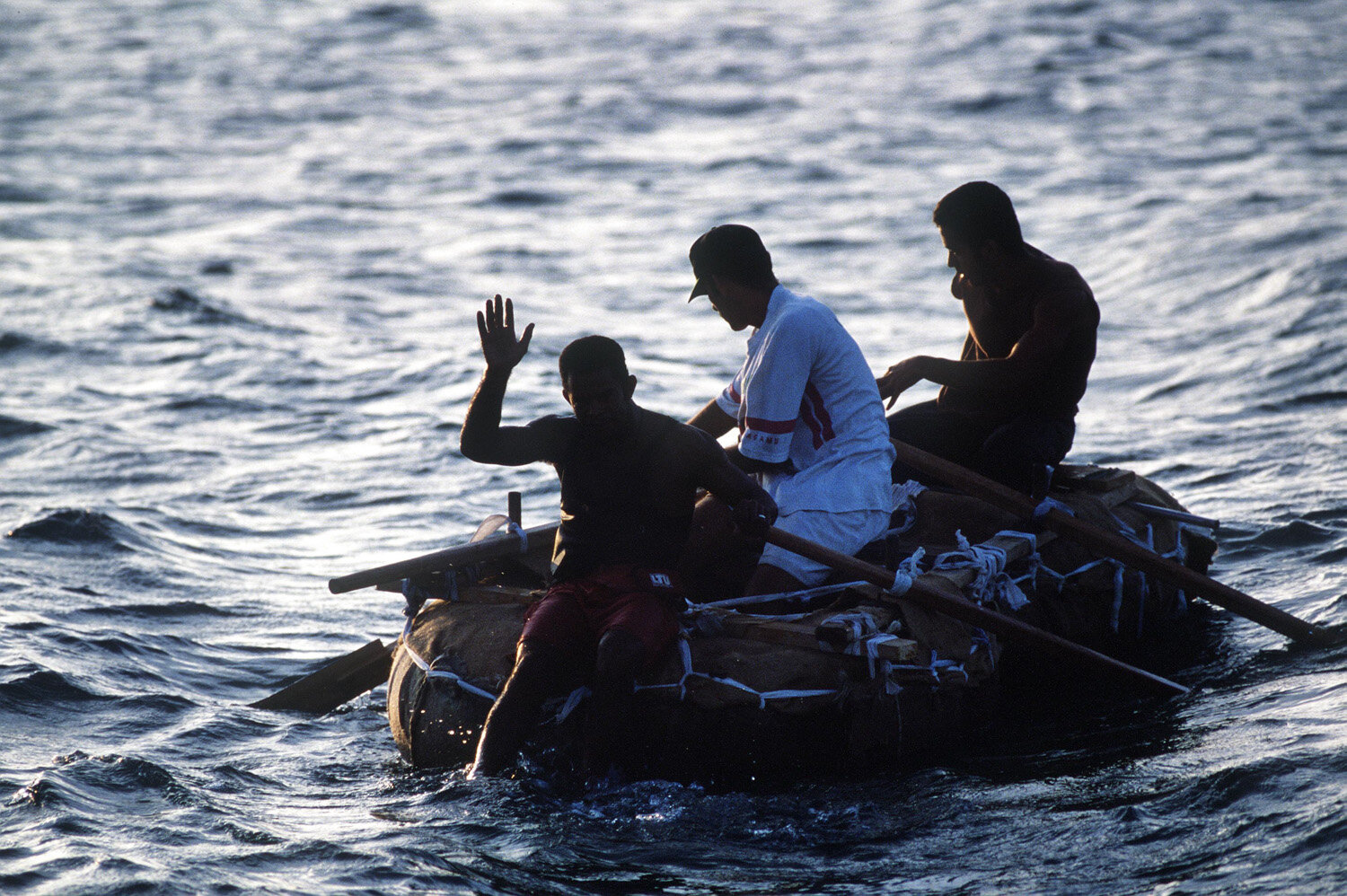
© All images in this gallery © Sven Creutzmann.
As the “Balsero Crisis” went on for weeks, bringing thousands of balseros to the Florida shores, President Bill Clinton agreed to sit at the negotiating table, something that Cuba had been demanding for a long time. After an agreement was reached, Cuba resumed its maritime border controls and the United States Coast Guard started sending rafters back to Cuba — to the US military base in Guantanamo.
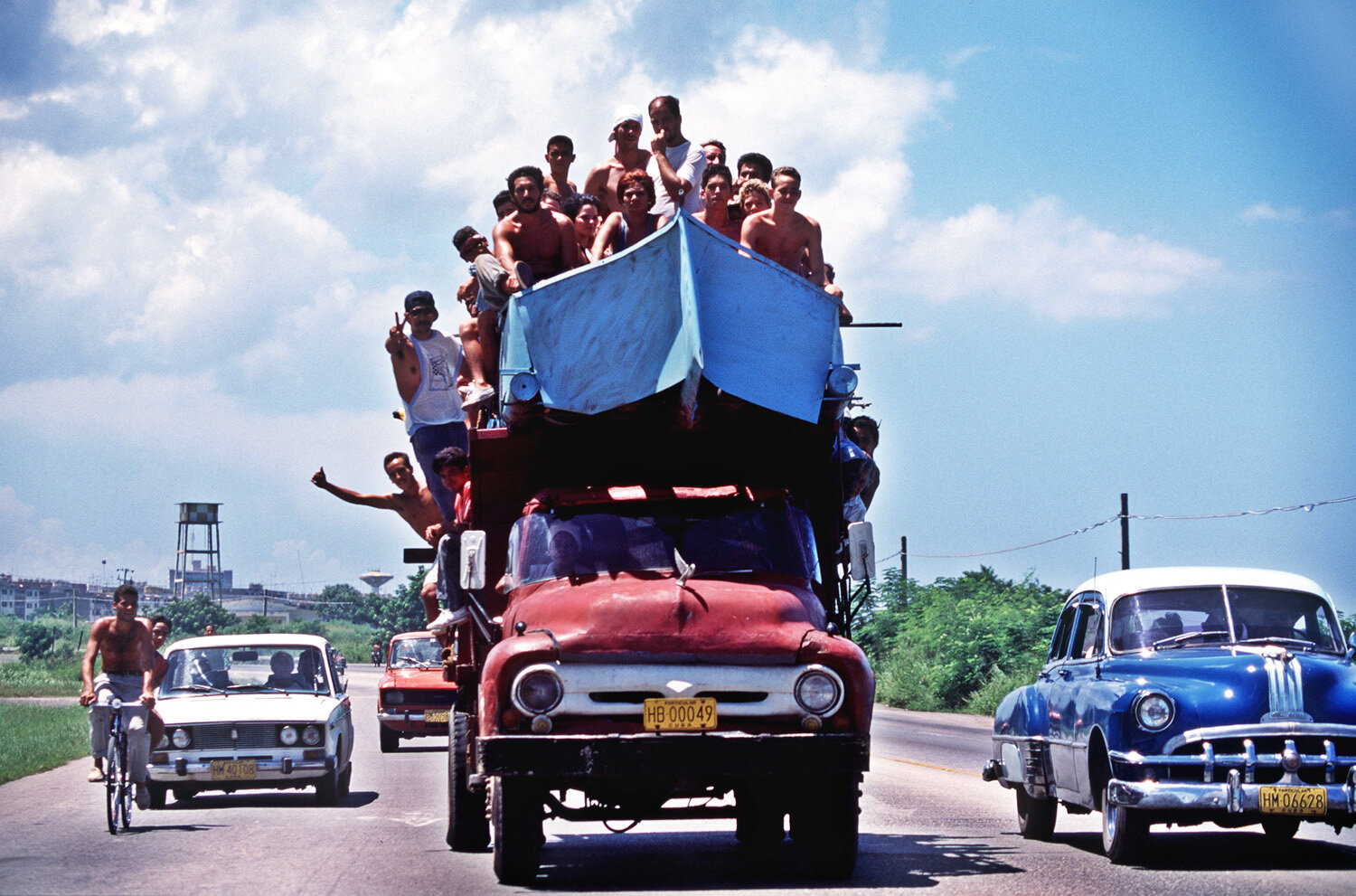
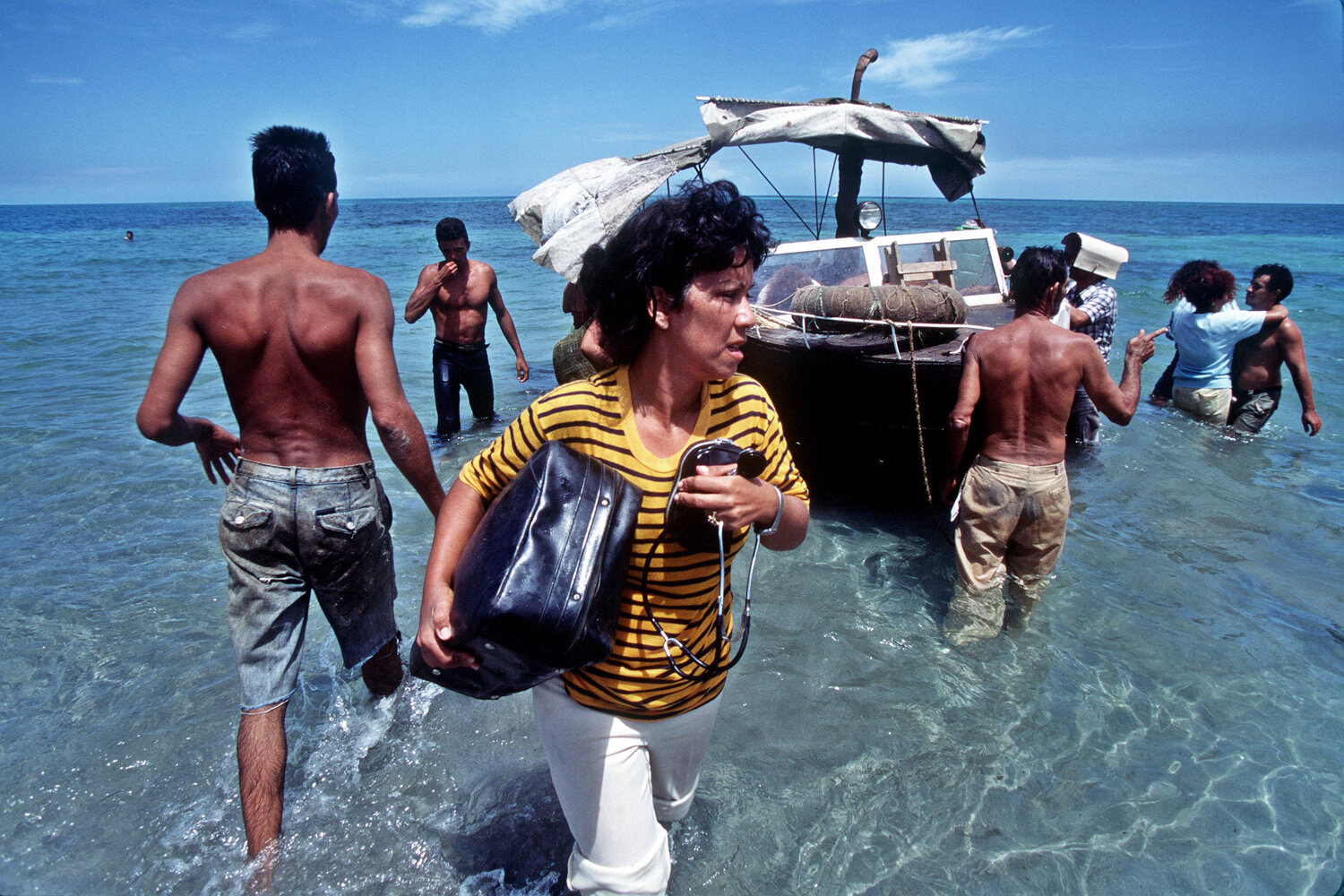
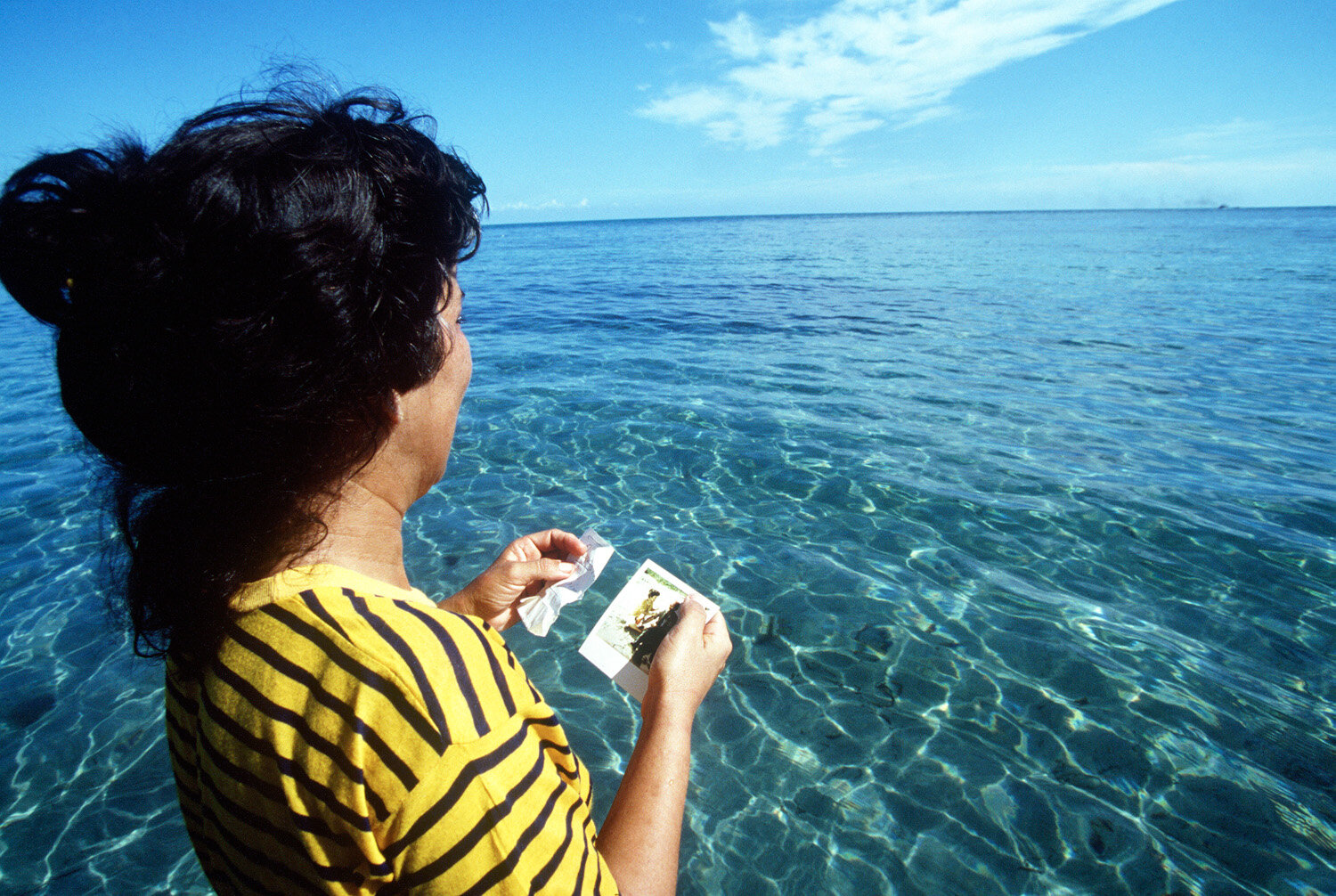
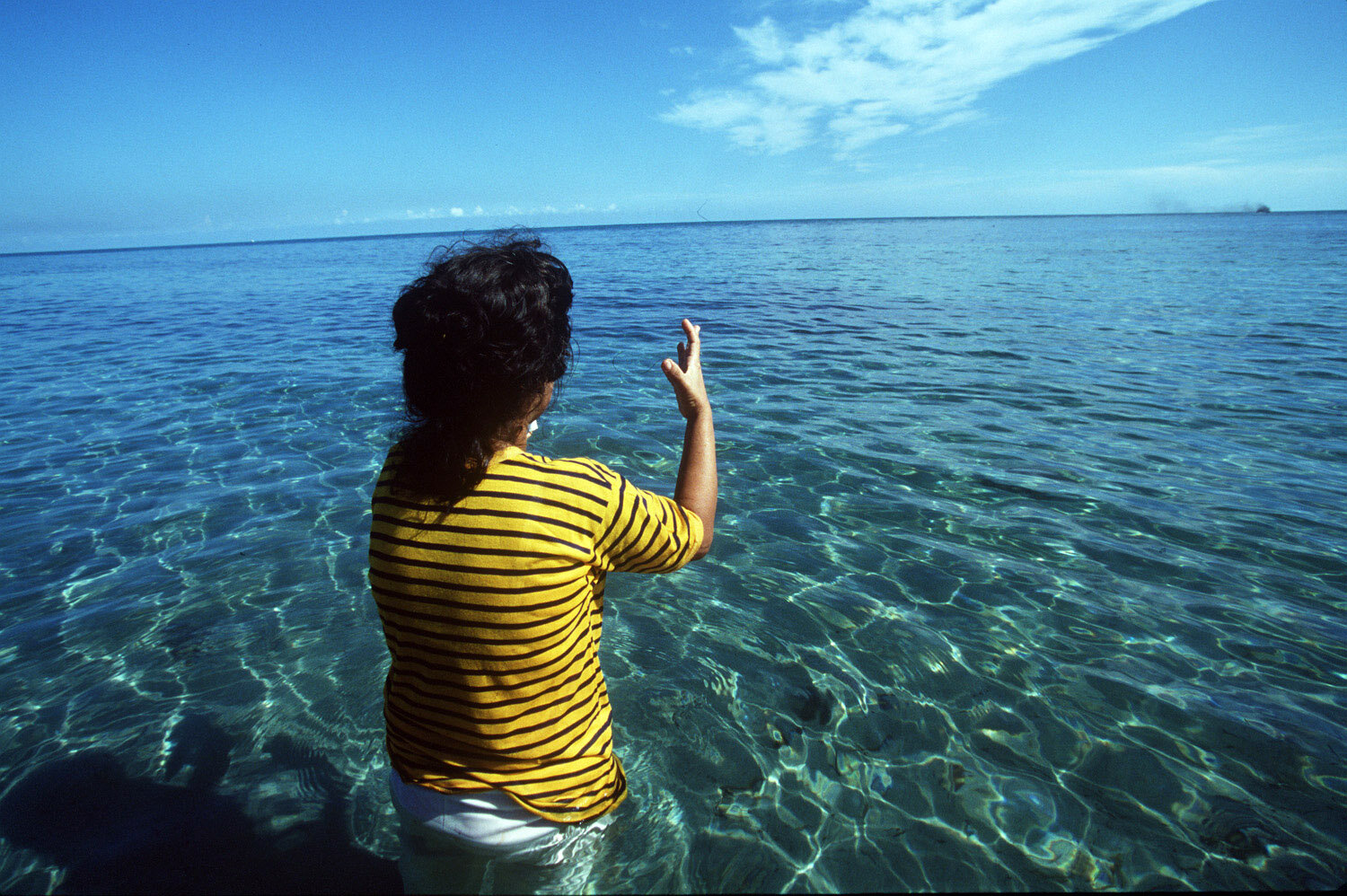

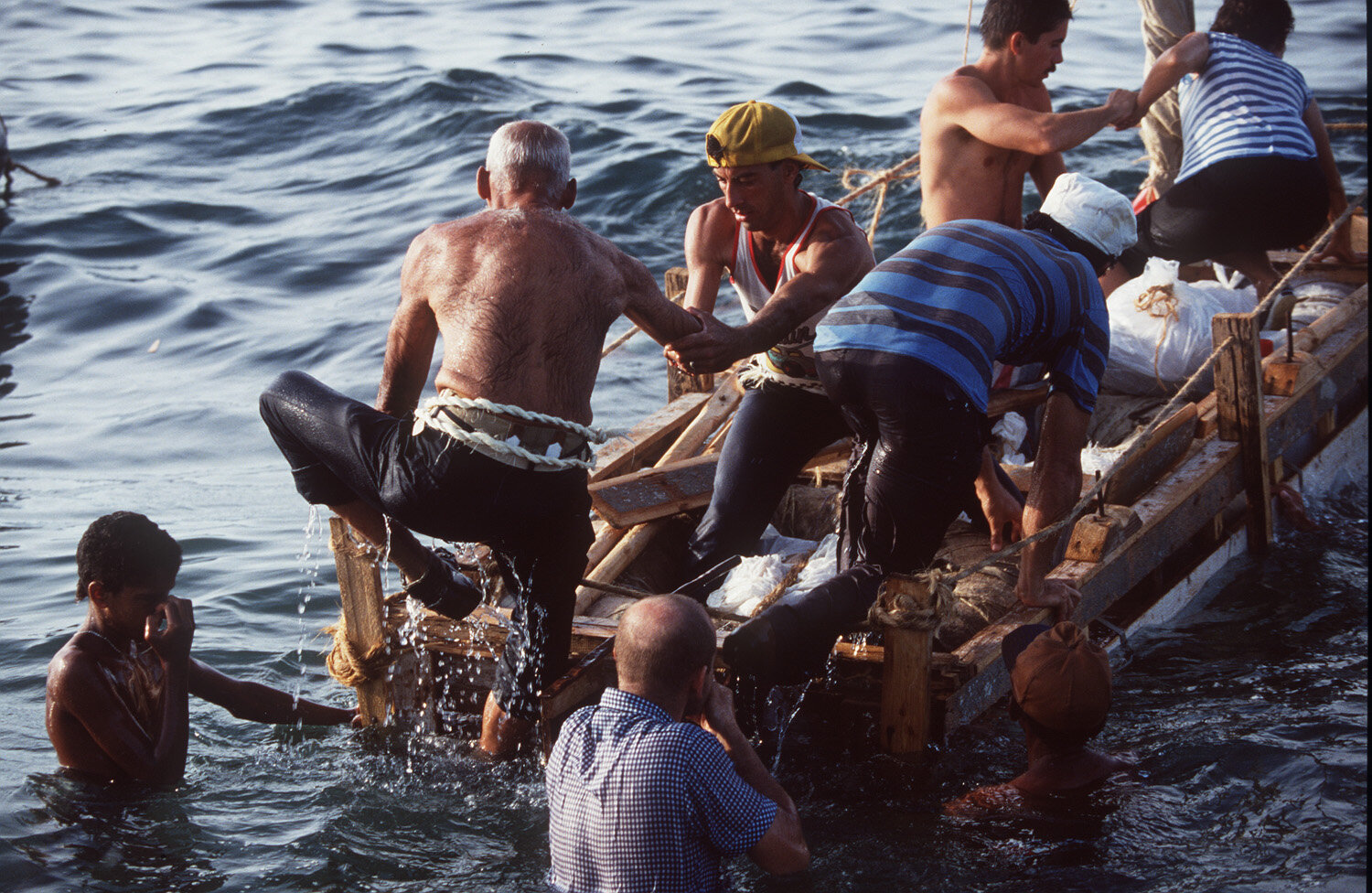
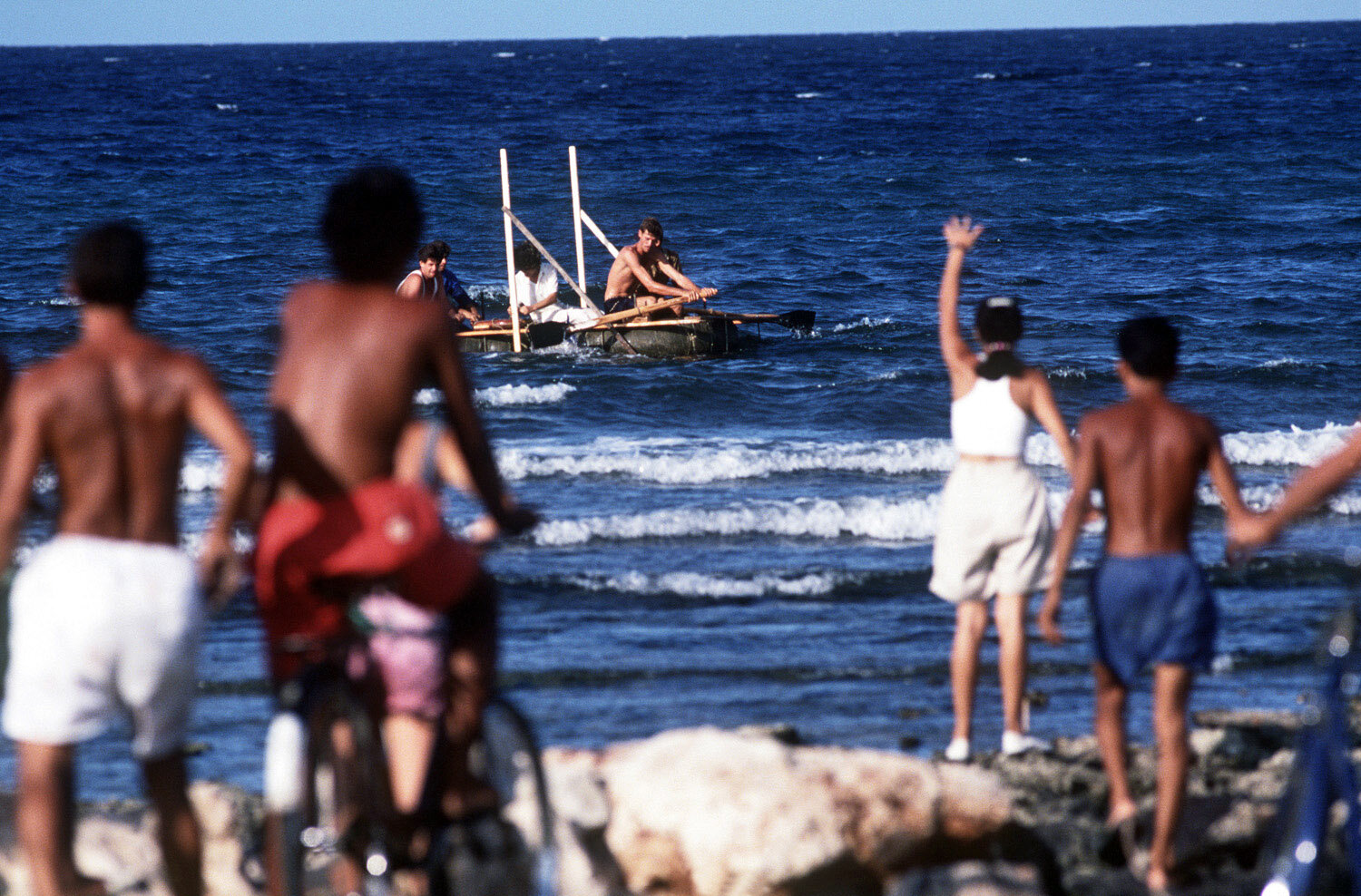
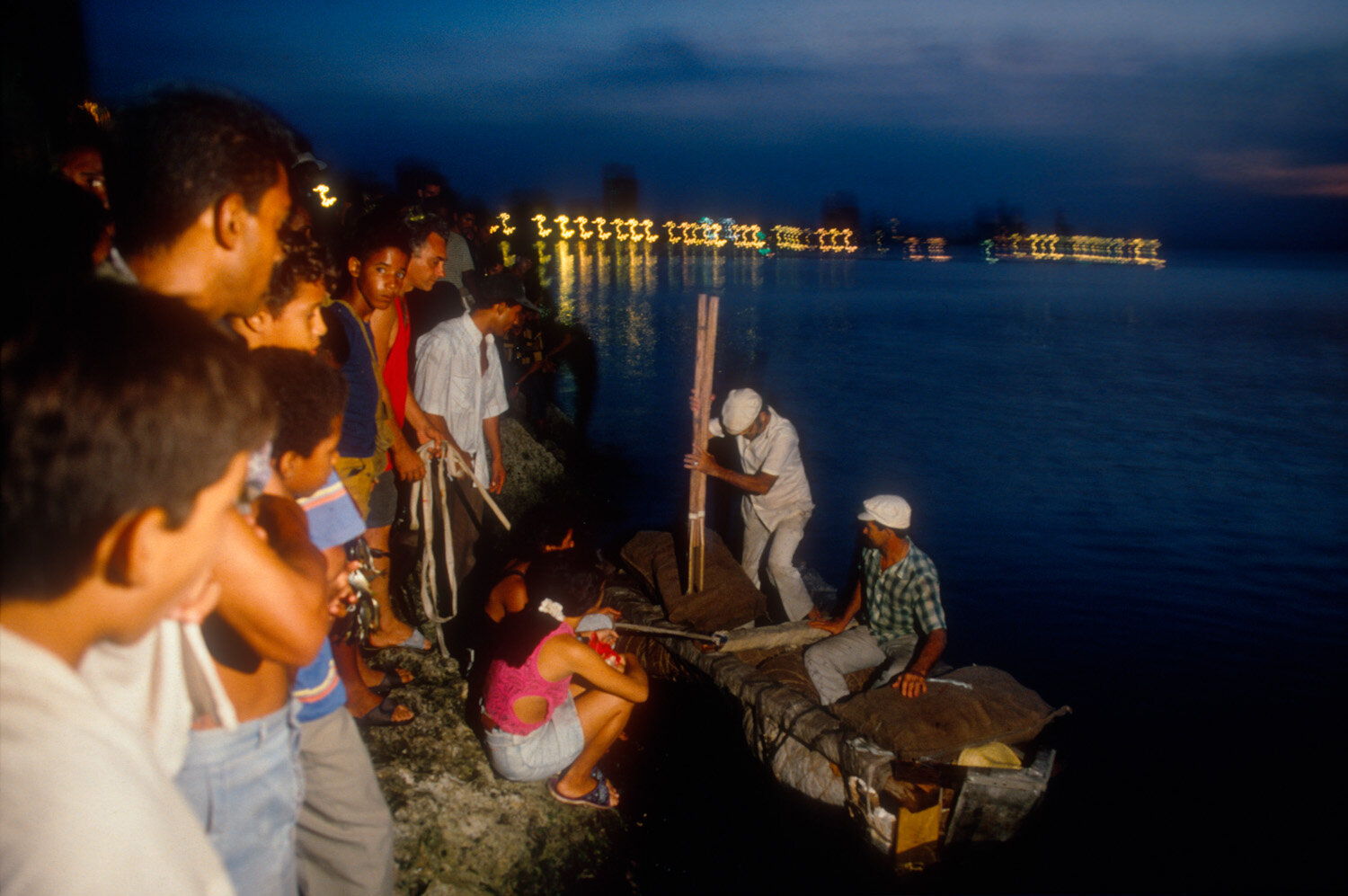

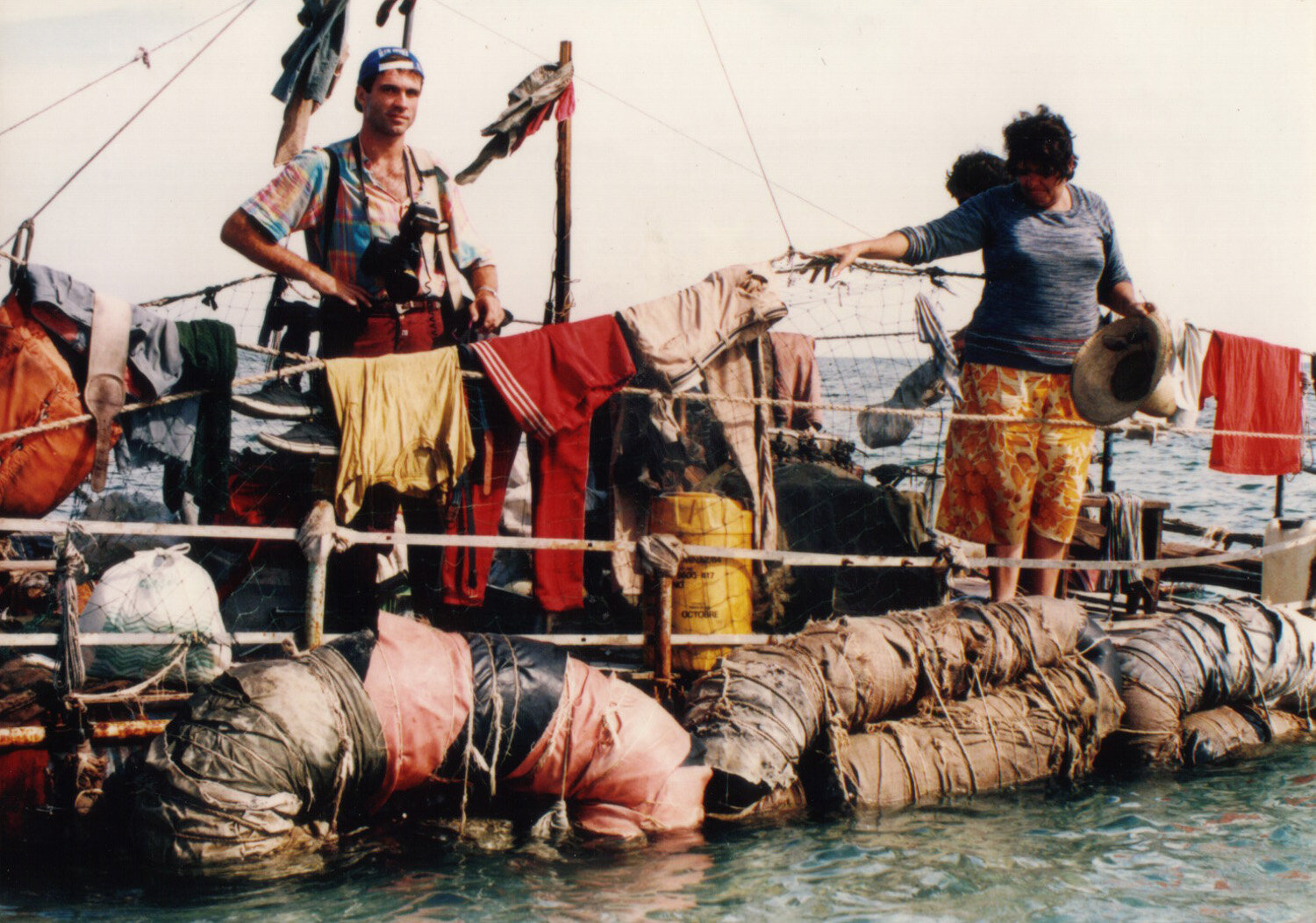
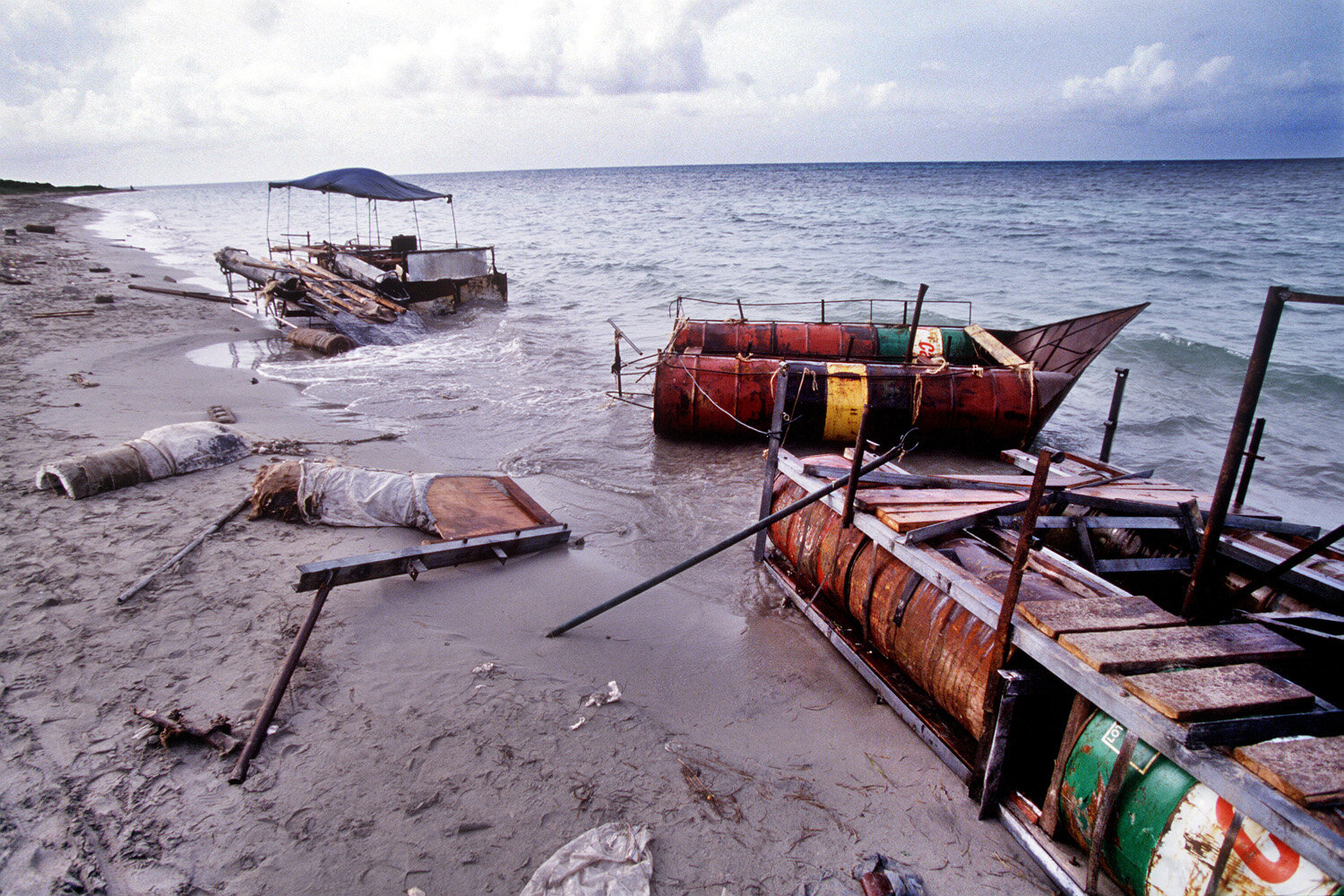
All images in this gallery © Sven Creutzmann.
Tony had coincidentally left the island at the very moment when the agreement was made, but had not been published. He was amongst the very first balseros to be picked up by the US Coast Guard and brought back to the Guantanamo base, where he spent over a year, before finally being let into the United States. While many of Tony’s fellow balseros did not make it through the shark-infested waters of the Florida straits, he is fortunately doing fine — I just talked to him on the phone recently. Yet, the price extracted by the dramatic events of the “Crisis de los Balseros” on anyone involved was colossal. I just wish for US-Cuba relations to normalize one day soon so that such a crisis and suffering may never happen again.

